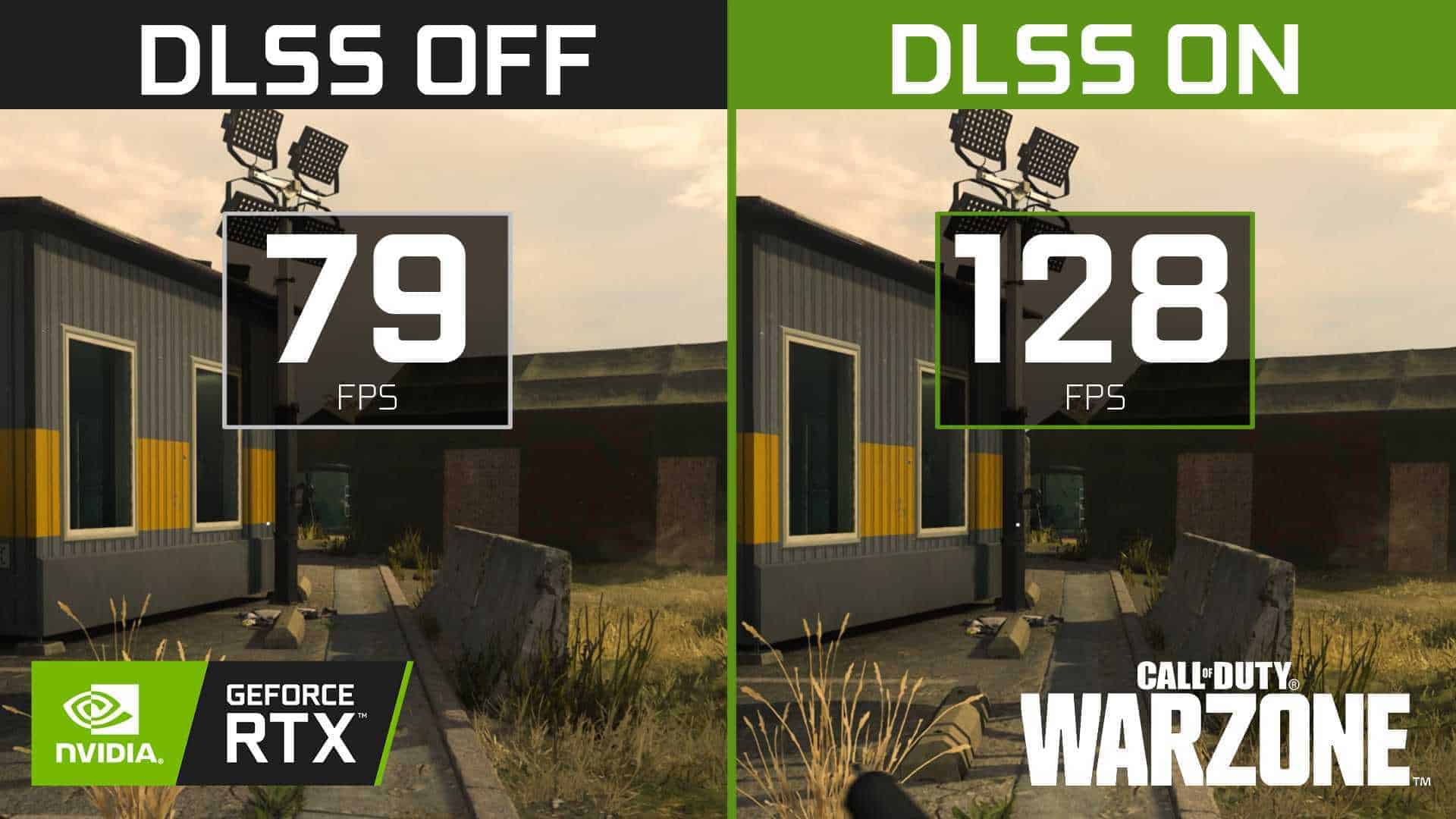Deep Learning Super Sampling (DLSS) has become a crucial technology for gamers. Introduced by NVIDIA, DLSS uses AI to upscale lower-resolution images, making games look better while improving performance. This means gamers can enjoy higher frame rates without sacrificing visual quality.
DLSS 1.0 laid the foundation by employing machine learning algorithms to reduce the load on the GPU, effectively balancing resolution and performance. DLSS 2.0 and 3.0 have since advanced these capabilities, offering even more refined visuals and smoother gameplay. The improvements in version 3, such as Optical Multiframe Generation, show how DLSS continues to evolve, enhancing the gaming experience.
A wide range of games now supports DLSS, making it accessible for many players. From visually stunning titles to fast-paced action games, DLSS helps deliver a consistent and immersive experience. With new games regularly adding support, DLSS stands out as a must-have feature for those serious about gaming.
Delving into DLSS: The Game-Changer for Graphics
What is DLSS?
DLSS, short for Deep Learning Super Sampling, is a groundbreaking technology developed by NVIDIA. It utilizes artificial intelligence to upscale lower-resolution images in real-time, resulting in sharper visuals and smoother gameplay. Think of it like magic for your graphics card, boosting performance without sacrificing image quality.
How Does DLSS Work?
DLSS leverages the power of dedicated AI processors called Tensor Cores found in NVIDIA RTX graphics cards. These cores analyze game frames and use deep learning algorithms to predict and render higher-resolution images. This process significantly reduces the workload on your GPU, allowing for higher frame rates and smoother gameplay, especially at higher resolutions like 4K.
DLSS Modes and Benefits
DLSS offers multiple quality modes, each striking a different balance between performance and visual fidelity:
- DLSS Performance: Prioritizes maximum frame rate boost, ideal for demanding games or lower-end hardware.
- DLSS Balanced: Offers a good balance between performance and image quality, suitable for most scenarios.
- DLSS Quality: Focuses on delivering the best possible image quality while still providing a noticeable performance boost.
- DLSS Ultra Performance: This mode pushes the boundaries of performance even further, enabling 8K gaming on select titles.
DLSS 3: The Next Generation
The latest iteration, DLSS 3, takes the technology to new heights by introducing Frame Generation. This innovative feature generates entirely new frames using AI, further increasing performance and responsiveness. DLSS 3 is available exclusively on NVIDIA RTX 40 Series graphics cards.
The Impact on Gaming
DLSS has revolutionized PC gaming by making high-resolution, high-framerate experiences more accessible. It allows gamers with less powerful hardware to enjoy demanding titles with stunning visuals and smooth gameplay. Additionally, DLSS enables developers to create even more visually impressive games, pushing the boundaries of what’s possible in real-time graphics.
DLSS Compatibility
DLSS is compatible with a growing list of games, with new titles added regularly. It’s also available on select laptops and cloud gaming services, expanding its reach beyond desktop PCs.
DLSS at a Glance
| Feature | Description |
|---|---|
| Technology | Deep Learning Super Sampling |
| Developed by | NVIDIA |
| Hardware Requirement | NVIDIA RTX graphics card |
| Purpose | Upscales lower-resolution images to improve performance and visuals |
| Modes | Performance, Balanced, Quality, Ultra Performance |
| Benefits | Higher frame rates, smoother gameplay, better image quality |
| Latest Version | DLSS 3 (RTX 40 Series exclusive) |
Key Takeaways
- DLSS boosts game visuals while improving performance.
- NVIDIA’s DLSS technology has evolved significantly from its initial version.
- Many modern games now include DLSS support.
Understanding DLSS and Its Impact on Gaming
DLSS, or Deep Learning Super Sampling, is a technology from Nvidia. It uses AI to improve the visual quality and performance of games without needing more powerful hardware. It analyzes and enhances frames to deliver better graphics.
The Evolution of DLSS Technology
DLSS started with version 1.0, which had some visual quality issues and was not widely adopted. Nvidia improved upon this with DLSS 2.0, offering better image quality and more efficient performance. DLSS 3.0 introduced even higher resolution and smoother frame rates. This evolution relied on machine learning and Tensor Cores in RTX GPUs, allowing games like Cyberpunk 2077, Control, and Death Stranding to push visual fidelity to new heights.
DLSS Performance Explained
DLSS boosts performance by upscaling lower-resolution frames to higher resolutions. This reduces the load on the GPU, enabling smoother frame rates and better image quality. By leveraging AI processors in GeForce RTX cards, DLSS can deliver visuals that rival native resolution. As a result, gamers experience a balance between visual quality and gameplay fluidity. Frame rates improve significantly, especially in graphically intense scenes and ray-traced environments.
Game Support and Developer Integration
DLSS requires support from both game developers and hardware. Many PC games now include DLSS support thanks to Nvidia’s collaboration with game developers. Popular titles like Cyberpunk 2077 and Control have integrated DLSS to enhance performance and visual quality. Game engines like Unreal Engine and Unity also offer support, making it easier for developers to include DLSS in their projects. This widespread adoption allows more gamers to benefit from the technology.
Comparisons with Other Upscaling Techniques
DLSS stands out compared to other upscaling methods like AMD FSR and Intel XeSS. DLSS offers better image quality and a more substantial performance boost. AMD FSR and Intel XeSS provide decent improvements but can’t match the sharpness and clarity provided by Nvidia’s technology. DLSS uses AI-driven upscaling, which is more advanced than traditional techniques. This results in fewer visual artifacts and more consistent performance improvements across various games and hardware configurations.
Frequently Asked Questions
Deep Learning Super Sampling (DLSS) improves gaming by enhancing graphics and performance. Here’s what gamers need to know about the latest advancements, game support, and system requirements.
What improvements can gamers expect with DLSS 3 compared to earlier versions?
DLSS 3 offers better frame rates and image quality than earlier DLSS versions. It uses new AI models to generate frames, making games look smoother and run more efficiently.
How does DLSS enhance gaming performance and visual quality?
DLSS uses AI to upscale lower-resolution images in real-time. This means games look sharper and more detailed without a heavy load on the GPU. Gamers get better visuals and frame rates.
Which games currently support DLSS Frame Generation technology?
Current games supporting DLSS Frame Generation include Cyberpunk 2077, Microsoft Flight Simulator 2020, and more. NVIDIA continues to add support for new titles regularly.
What are the system requirements for running games with DLSS enabled?
To run DLSS, a system needs an NVIDIA RTX GPU and the latest drivers. DLSS works best on RTX 30-series and 40-series cards. Also needed is compatible game software with DLSS support.
Can DLSS be used in conjunction with other graphic enhancement technologies?
Yes, DLSS can be used with other technologies like ray tracing and NVIDIA Reflex. This combination provides high-quality graphics and low latency, improving the overall gaming experience.
What potential developments are anticipated in future iterations of DLSS?
Future DLSS versions may bring even better AI models and optimization techniques. NVIDIA aims to further increase frame rates, enhance image quality, and support more games and graphics applications.







